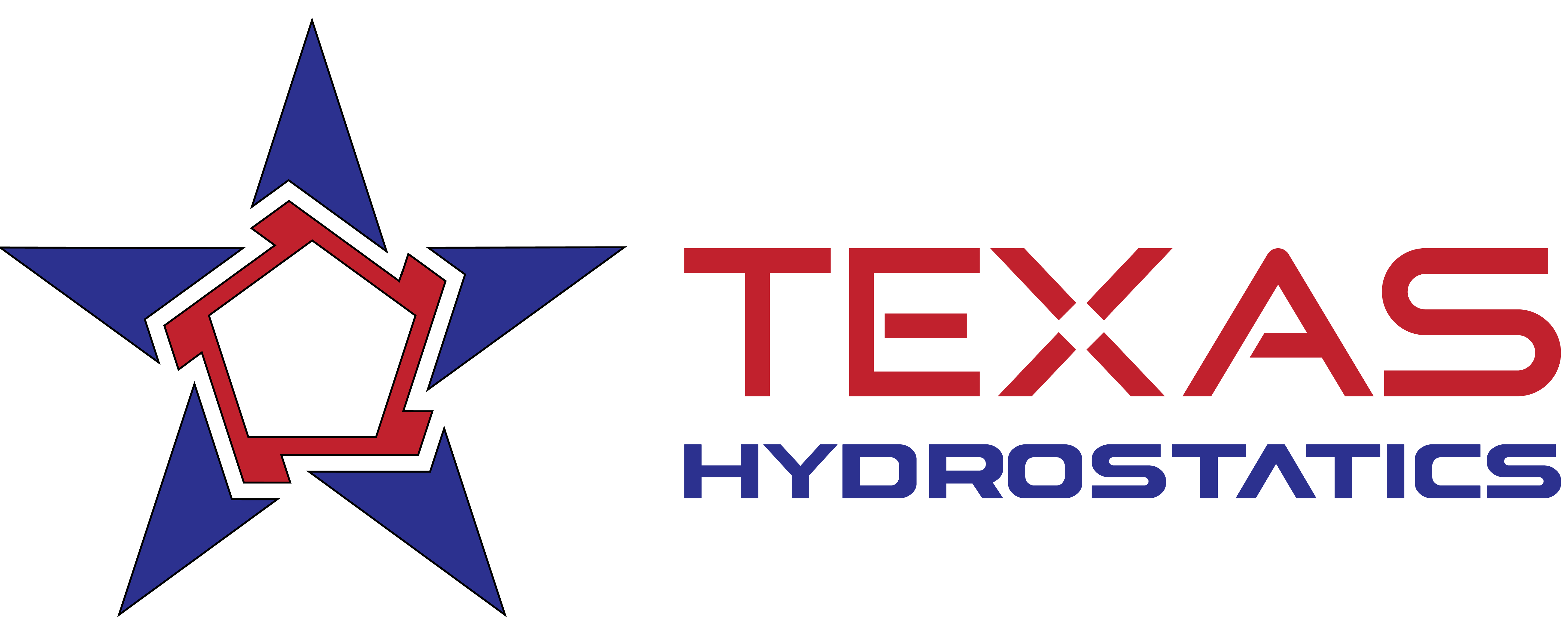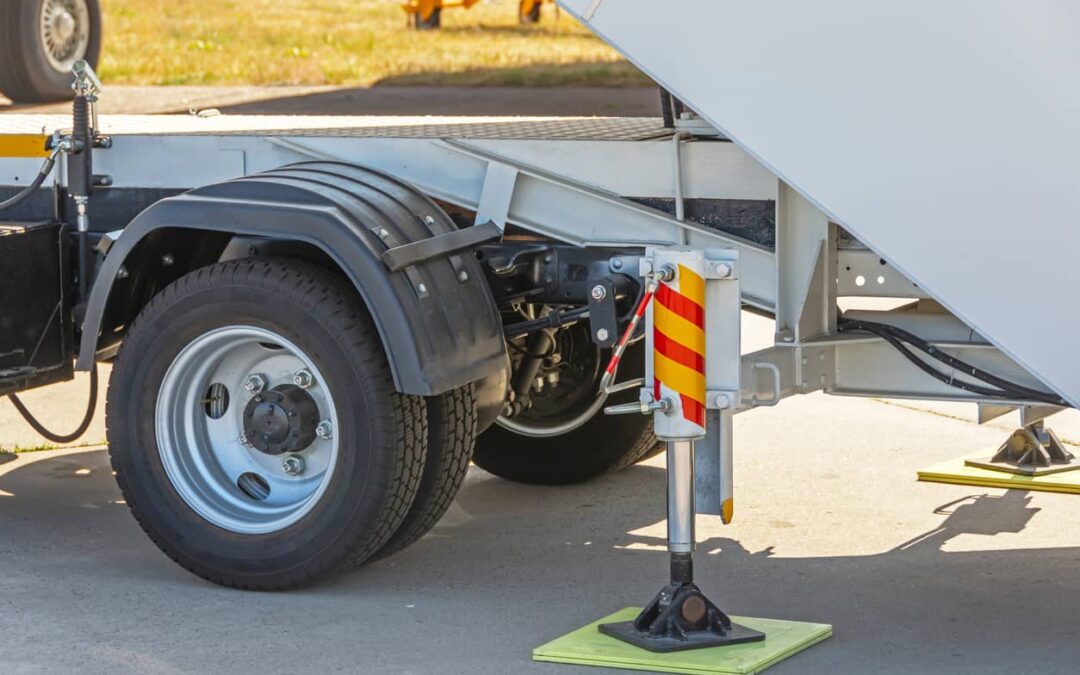Any time loads are being moved under weight, the stability of the pieces moving the load are of paramount importance. Used in everything from trucks, to masts, to cranes, hydraulic outriggers are secondary systems that act as additional points in the load bearing structure, able to distribute weight more evenly across the load and prevent accidents caused by overbalancing.
In design, the outrigger seems fairly simple. Hydraulic systems are used to extend two arms from the base of the vehicle (whether truck, dozer chassis, or crane), and then drop legs down from the extensions. These new contacts with the ground not only add additional points of stability, but they also widen the stance of the lifting apparatus. High school physics tells us that wider bases distribute loads more evenly, and hence more safely, enabling small platforms to “project” the lifting power of a much larger apparatus.
Some precautions should be observed, of course, when utilizing the hydraulic outrigger system. The operator must ensure that each side of the hydraulic assembly is fully extended before moving on to extending the legs – doing otherwise will create an unbalanced platform, and present a potential hazard when under load. As well, the contact points where the legs meet the ground should be unobstructed and level. In cases where the legs will be making contact with softer surfaces, stabilizer pads should be utilized between the legs and the ground to ensure that the foot of the legs does not sink into the surface below.
Texas Hydrostatics is a nationally-regarded partner in all phases of hydraulics-adjacent equipment, including the systems utilized in these great force-multipliers. Contact us today with any questions you have about what an outrigger system can add to your fleet.

